Before the frost sets in, ensure that you’ll continue to enjoy a fully functional machine come springtime. Begin by completely draining the water from the unit. Any remaining moisture can freeze and damage internal components. To achieve this, disconnect all hoses and run the cleaner for a few seconds to allow any residual water to escape.
Next, protect the pump by adding antifreeze designed for pressure cleaning machines. This crucial step prevents internal parts from succumbing to freezing temperatures. Pour the antifreeze solution directly into the inlet where the garden hose attaches, then let the machine run until the solution is visible through the nozzle.
Lastly, find a suitable spot to keep the equipment dry and sheltered from extreme temperatures. A garage or shed is ideal. After positioning the device, cover it with a protective tarp to shield it from dust and debris. Following these specific guidelines will extend the lifespan of your equipment and ensure it’s ready to perform when the warmer days return.
Storing a Pressure Cleaner During Cold Months
Begin by ensuring the machine is completely dry. Any residual water can freeze and cause damage to internal components. Use compressed air to blow out any remaining moisture from the pump and hoses.
Protecting Components
Disassemble any attachments, such as nozzles and wands, and store them in a safe place to avoid damage. Keeping these parts separately tucked away helps maintain their condition, while also preventing potential freeze-related issues.
Optimal Location
Select a temperate area for placement. Avoid spots that may experience extreme cold. A garage or shed with stable temperatures works best. If needed, place the unit on a wooden platform to prevent direct contact with cold concrete.
| Action | Description |
|---|---|
| Empty Water | Remove all water from the system, including hoses and attachments. |
| Use Anti-Freeze | Consider using pump saver solution to protect seals. |
| Clean Thoroughly | Remove dirt and residue from the exterior to prevent corrosion. |
| Inspect Components | Check all parts for wear and replace any damaged items. |
Taking these steps ensures the longevity of the equipment. Following this process will significantly reduce the risk of encountering issues when it’s time to use the cleaner again in the spring.
Remove Water from the Pressure Washer
Before placing the cleaning device in storage, ensure it is devoid of any moisture. Start by disconnecting the water supply and turning off the power. Pull the trigger on the gun to relieve any remaining pressure, which helps in expelling trapped water.
Next, detach the hoses thoroughly from both the machine and the water source. Let the hoses drain completely by hanging them vertically. This reduces the risk of any leftover moisture freezing and damaging the internal components.
To remove residual water from the pump, activate the motor briefly while the trigger is pressed. Allow enough time to force out all remaining liquid. Ensure not to run the machine idle; this can cause more harm than good.
If applicable, utilise a compressor to blow out any residual water from specific areas, such as the nozzle and connectors. A gentle air stream can effectively eliminate moisture while preventing damage.
After water extraction, it’s advisable to introduce a pump saver or antifreeze solution, designed to protect the internal parts against possible freeze damage. This step ensures that all components maintain their integrity throughout the colder months.
Finally, perform a thorough inspection of all attachments and hoses for any signs of wear. Regular checks help prolong the lifespan of the equipment, ensuring it remains effective for future use.
Flush the System with Antifreeze
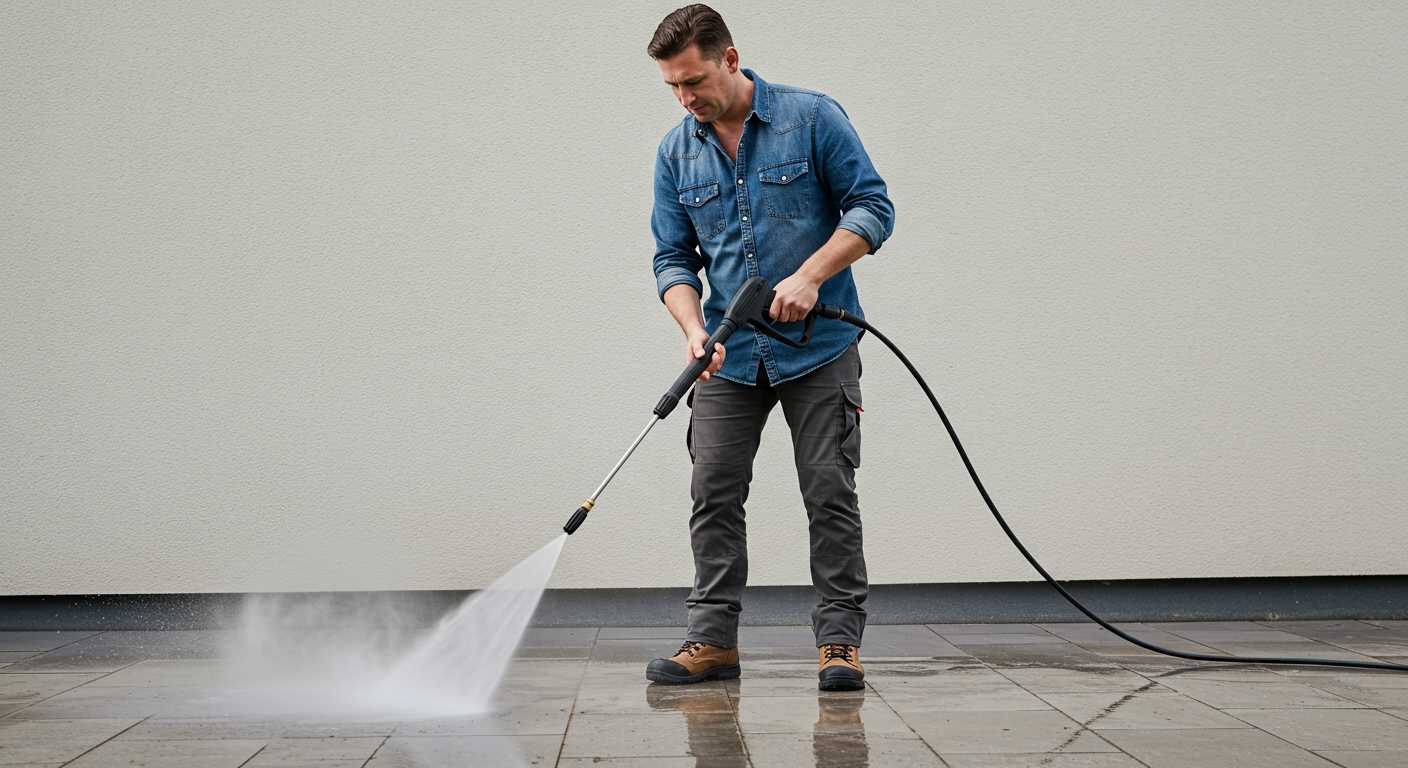
To protect the components from freezing temperatures, adding antifreeze to the system is a practical move. Select a non-toxic, biodegradable antifreeze suitable for machines. This ensures that the inner parts are safeguarded and free from ice damage.
Start by powering off and disconnecting the machine from the power supply. Then, drain any remaining water from the tank and lines. Next, mix the antifreeze to the manufacturer’s instructions. Using a funnel, pour the mixture into the water inlet until you see it emerge through the spray gun. This indicates that the system is fully flushed. Discard any remaining product safely.
Finally, activate the washer briefly to circulate the antifreeze, ensuring all parts are adequately coated. This proactive step prevents freeze-related issues and prolongs the service life. When needed again, simply rinse the system with clean water before operation.
Clean the Nozzles and Filters
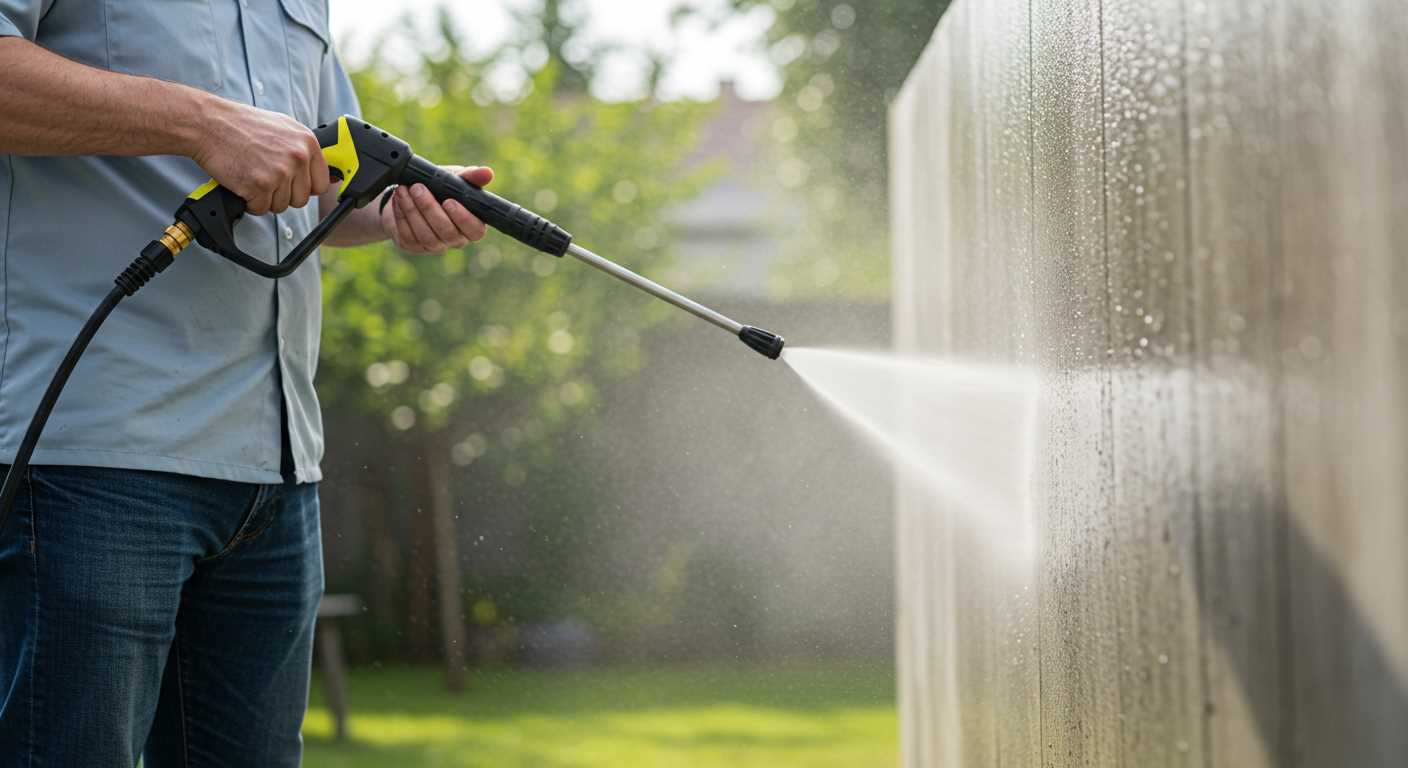
Before storing, ensure the nozzles and filters are free from debris. Clogged components can impair functionality and lead to damage over time.
Cleaning Nozzles
Detach all nozzles and soak them in a warm, soapy water solution for about 15 minutes. Use a soft brush to remove any stubborn dirt or residue. For stubborn blockages, a thin needle can help clear the nozzle openings. Rinse thoroughly with clean water and allow to air dry completely.
Cleaning Filters
If your machine includes a water filter, remove it and rinse under running water. If the filter shows signs of wear or damage, replace it to ensure optimal operation. Clean filters promote better performance and extend the life of the equipment.
Disconnect and Store Hoses Properly
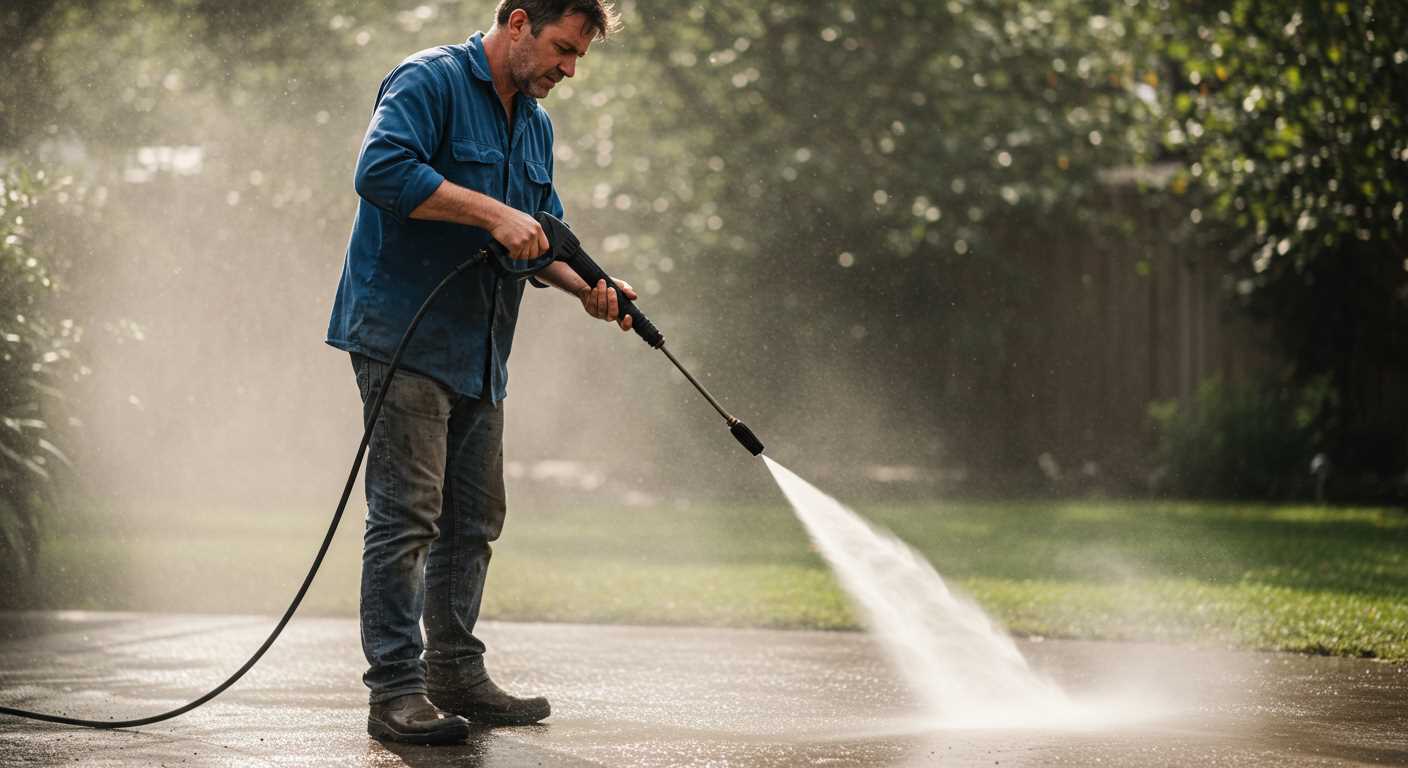
Ensure each hose is detached from the machine and water source before any storage routine. This prevents potential damage due to freezing temperatures.
Steps for Proper Hose Handling
- Start by turning off the water supply.
- Detach the high-pressure and garden hoses carefully, avoiding any kinks or twists.
- Inspect for cracks or wear; replacing damaged hoses immediately is advisable.
After disconnection, thoroughly drain any remaining water from both hoses. Hanging them on a hook or coiling them in a way that avoids tight bends will extend their lifespan.
Storage Recommendations
- Keep hoses in a cool, dry place, away from direct sunlight to prevent deterioration.
- If possible, store the hoses in a container or bag to protect them from dust and debris.
- Avoid placing heavy objects on top of the hoses during storage, as this can cause permanent damage.
Following these guidelines helps maintain hose integrity and ensures they remain functional for the next use. Taking the time now will prevent issues in the future.
Protect the Motor from Moisture
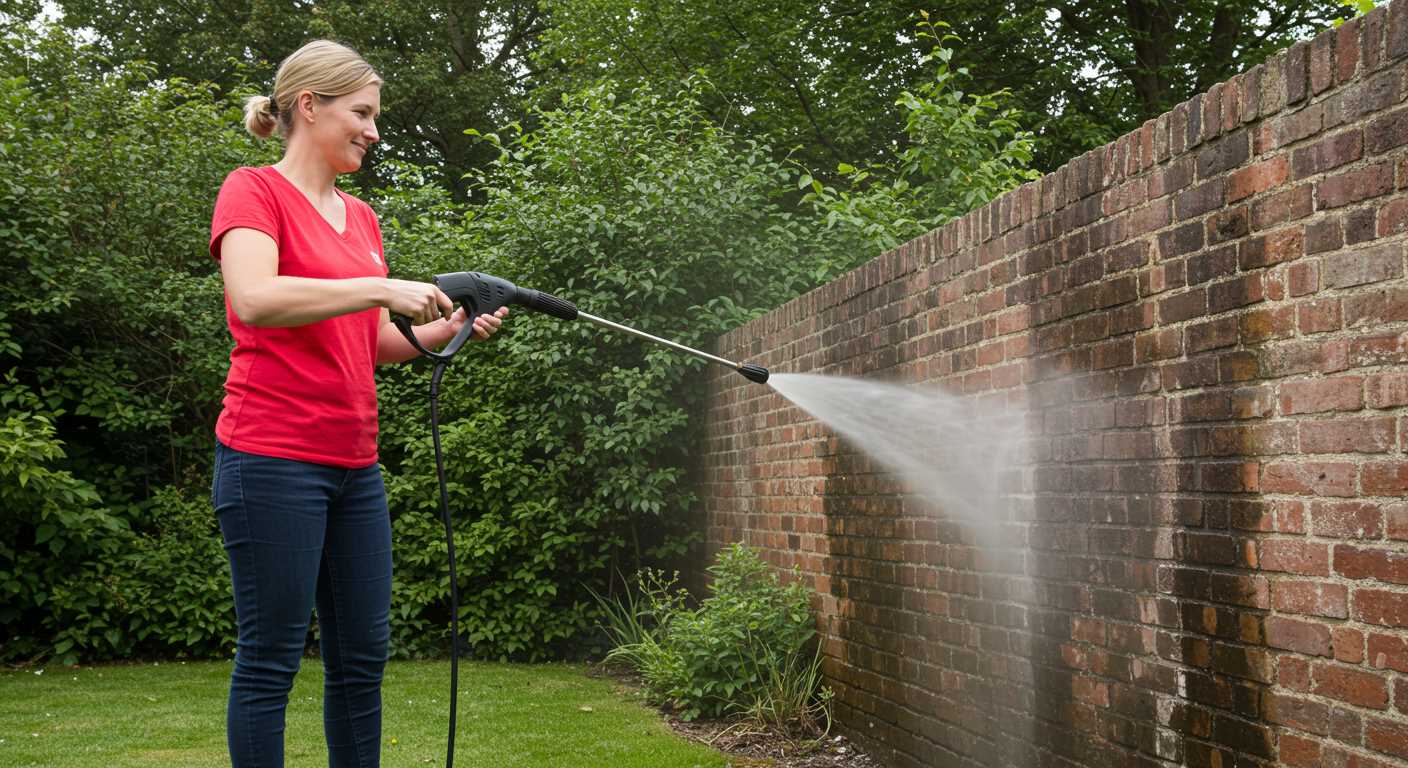
Before placing the machine in a dormant state, ensure the motor is adequately safeguarded against humidity. Start by finding a dry, climate-controlled environment for the device. Avoid damp basements or sheds where moisture can accumulate easily.
To enhance moisture protection, consider wrapping the motor area with a moisture-resistant cover or plastic sheeting. This prevents environmental elements from seeping in, especially if the machine is stored in less-than-ideal conditions. Additionally, employing silica gel packets in the vicinity of the motor can absorb any residual moisture, thereby reducing the risk of corrosion.
It’s essential to perform a visual inspection of the motor for any pre-existing signs of wear or damage. Address these issues promptly to prevent further complications. Ensure that the device is thoroughly dried, particularly around electrical components, before covering or storing it.
Use of Anti-Corrosion Sprays
Utilising anti-corrosion sprays on metal parts, including the motor, significantly aids in moisture protection. Apply these sprays on all exposed metal surfaces to create a barrier against potential rusting caused by humidity.
Regular Checks
During the inactive period, conduct periodic checks to ensure that moisture is not affecting the machine. Opening the storage area occasionally allows for air circulation, further protecting the motor. If you notice any condensation, take immediate action to address it.
Charge the Battery (If Applicable)
Before placing the equipment in storage, ensure that any rechargeable batteries are fully charged. Operating on a depleted battery can cause long-term damage, so a full charge before storage mitigates this risk.
Follow these steps for optimal battery care:
- Connect the charger to the unit and plug it into a power source.
- Monitor the charging process. Most models have indicators that show when charging is complete.
- Once fully charged, disconnect the charger to prevent overcharging.
- If applicable, consider removing the battery from the machine for more straightforward storage.
- Store the battery in a cool, dry location away from direct sunlight and extreme temperatures.
Regular battery maintenance improves lifespan and performance. Check the charge periodically throughout the storage period, and recharge if necessary to keep it in optimal condition.
Choose the Right Storage Location
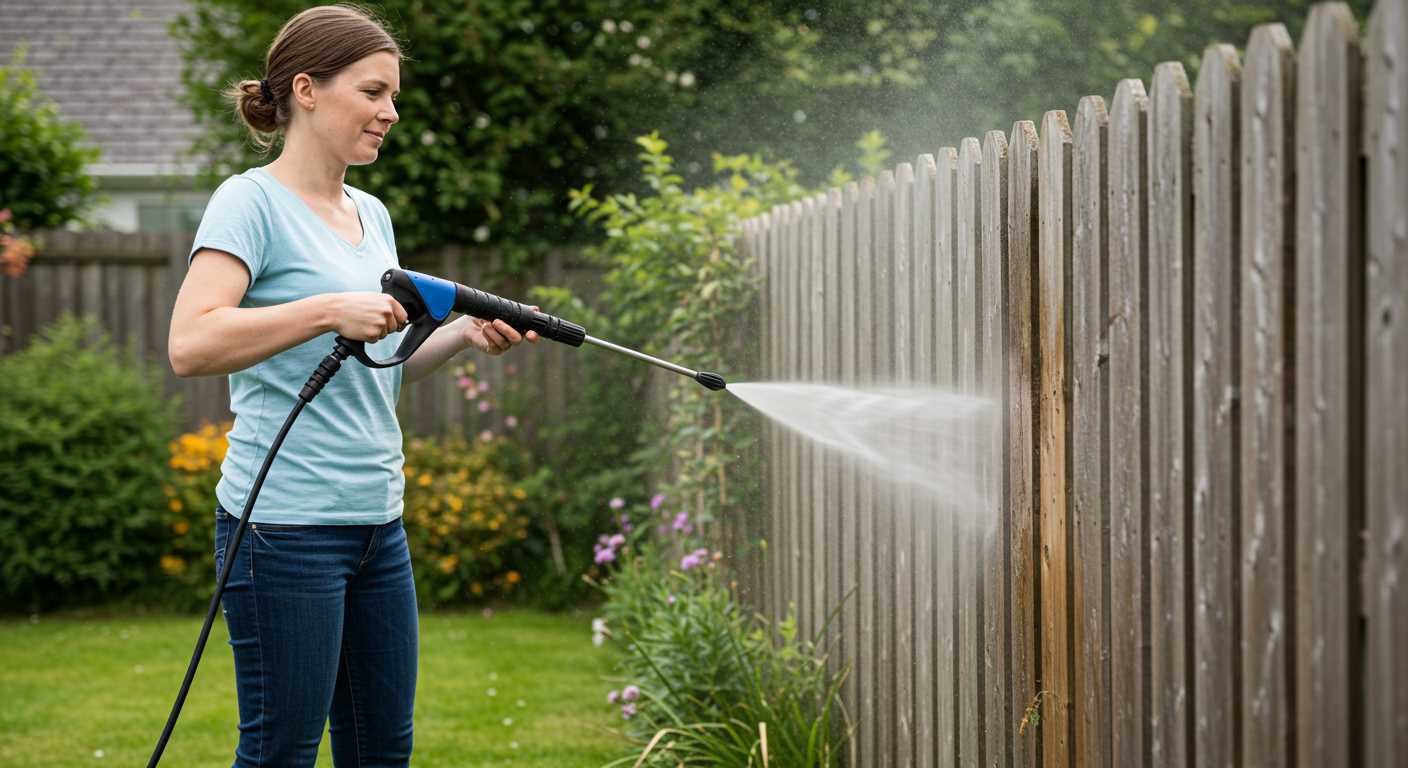
Opt for a dry and cool area, ideally indoors, to prevent any moisture-related damage. Avoid basements that may experience dampness or extreme cold. A garage or a dedicated shed provides a suitable environment, ensuring protection from temperature fluctuations.
Consider a spot away from direct sunlight to prolong the lifespan of components and avoid overheating during the day. If your garage is prone to significant temperature drops, insulating it can help regulate conditions better.
Elevate the unit off the ground using shelves or pallets to further mitigate risk from any unexpected water intrusion or spills. This not only promotes air circulation but also safeguards the machinery from potential flooding.
Ensure that the storage area is well-ventilated, as proper airflow reduces humidity levels, keeping your equipment in optimal condition. Incorporating silica gel packs can help absorb any excess moisture in enclosed spaces.
Check for Damage Before Storing
Inspect all external components for any cracks, dents, or signs of wear. This includes the casing, handle, and wheels. Minor imperfections can hinder performance and lead to further issues if left unchecked.
Evaluate Hoses and Connectors
Examine hoses for kinks, leaks, or abrasions that could affect their functionality. Ensure that connectors are secure and undamaged to prevent issues during future use. Replace any faulty parts immediately; addressing small concerns now can save expenses later.
Review Electrical Components
If the unit features an electric motor, check the power cord for fraying or other damage. Test the electrical connections, ensuring they are clean and free from corrosion. Any sign of electrical issues should be addressed before the next operational season.








